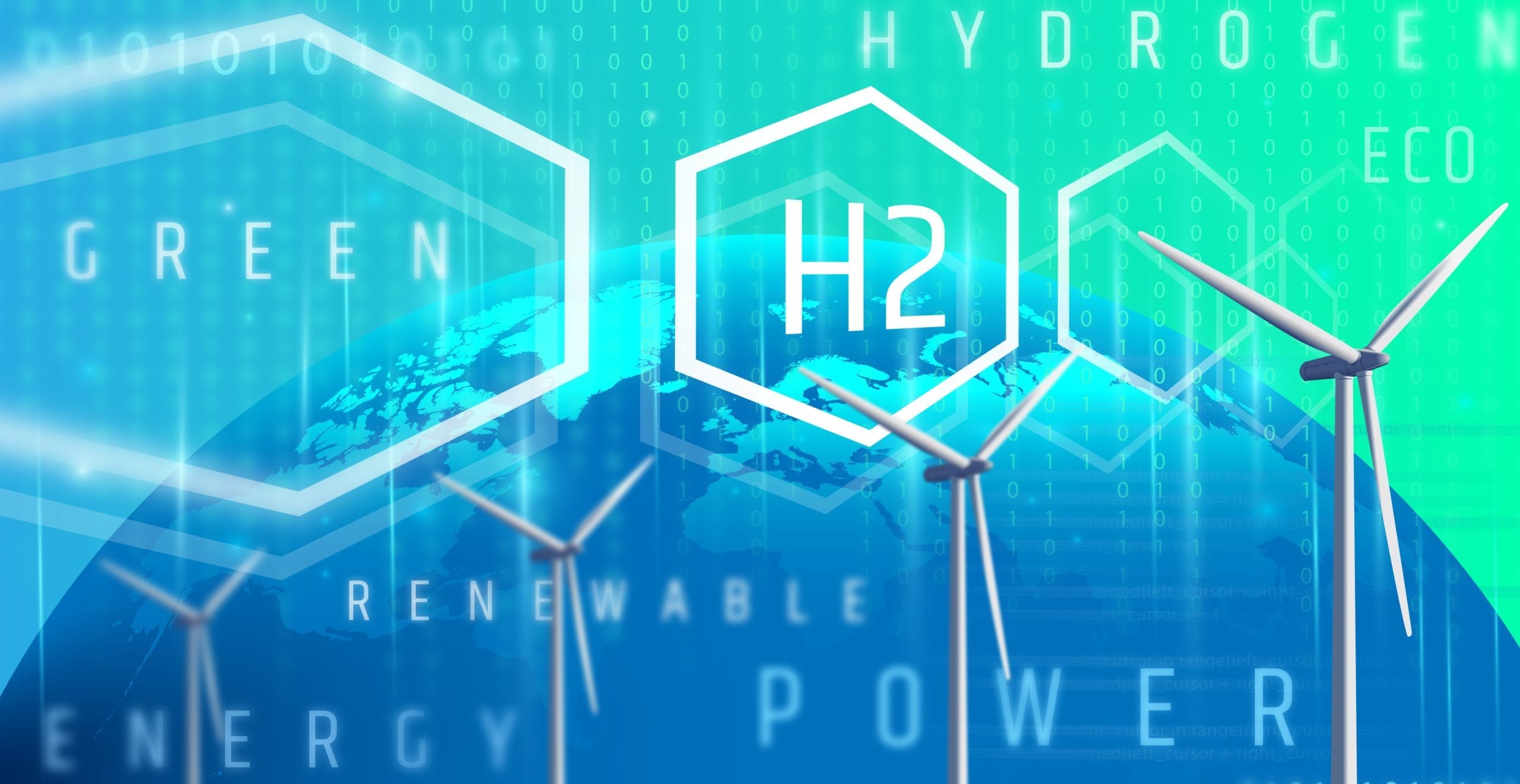As the world hopes to turn the page on the pandemic and start the transition to a new normal, fuel cell and hydrogen technologies are increasingly part of the conversation ensuring that the coming future is a clean and bright one. Despite 2020’s difficulties, there were several highlights for the fuel cell and hydrogen industry, including big deployments, substantial investments, expansive commitments, and exciting developments.
We here at the Fuel Cell and Hydrogen Energy Association (FCHEA) are excited to keep that momentum moving. Hundreds of thousands of fuel cells are currently in operation all around the world, powering buildings, vehicles, and sites of all sizes. The technology has made the leap from land to both sea and air, and is just starting to take off. There were several new product announcements that expanded options for these developing markets, as well as in current ones, including for large-scale stationary power and medium- and heavy-duty vehicles.
Hydrogen, as a transportation fuel, energy storage mechanism, and decarbonization powerhouse, is now not only on the radar, but top of mind for policymakers, environmental advocates, the investment community, and public and private sector customers of every stripe.
In 2020 there were several highlights for the fuel cell and hydrogen industry, including big deployments and investments.
Hydrogen-Focused Companies Join FCHEA
FCHEA welcomed several new members into the association during both the first and second half of 2020, hailing from Canada, Sweden, Switzerland, and the southern and southwest region of the U.S. These companies represent the full supply chain, from key components such as compressors and membranes, to fuel cell system and hydrogen tank manufacturers, energy companies, vehicle makers, and more.
While California and the Northeast region still remain the epicenters of fuel cell and hydrogen activity in the U.S., many other states, including Texas, Utah, and Ohio, were home to exciting developments in 2020. Each project and investment expands the reach of fuel cell and hydrogen technologies and helps the U.S. meet its energy security and environmental goals.
National Hydrogen and Fuel Cell Day 2020
The sixth annual National Hydrogen and Fuel Cell Day brought together champions of these technologies from all corners of the industry, as well as the world. Official resolutions, proclamations, and recognitions from the U.S. Senate, House of Representatives, Department of Energy, and several state governors and legislatures, were all joined by a tremendous level of support and celebration from the industry and its stakeholders.
This past year also saw the release of the McKinsey and Company study, Roadmap to a U.S. Hydrogen Economy, which outlined the potential for hydrogen across a range of different sectors to reduce our environmental emissions and drive economic growth, as well as offer a pathway to make that potential a reality.
The sixth annual National Hydrogen and Fuel Cell Day brought a tremendous level of industry stakeholder support.
One key piece to that puzzle is the U.S Department of Energy (DOE). At the end of 2020, the Office of Energy and Renewable Energy’s Hydrogen and Fuel Cell Technologies Office (HFCTO) released a $33 million funding opportunity announcement (FOA) for its H2@Scale initiative, supporting the Million Mile Fuel Cell Truck and H2NEW, two new consortia announced in October. Topics include research and development on fuel cells for heavy-duty trucks and hydrogen infrastructure, high-temperature electrolysis, component manufacturing, and cost-analysis activities.
Paradigm Shift Towards Fuel Cell, Hydrogen Technologies
Fuel cell and hydrogen topics are also part of DOE’s Fiscal Year 2021 Small Business Innovation Research/Small Business Technology Transfer Phase 1 Release 2 FOA that was also announced in December. This FOA included several topics, primarily centered around R&D on components for heavy-duty vehicles and hydrogen fueling.
In December, Congress passed and the President signed H.R. 133, the Omnibus Appropriations and Emergency Coronavirus Relief bill, which included a number of crucial funding, tax, and policy initiatives for the fuel cell and hydrogen industry. This includes level funding for DOE’s HFCTO ($150 million) and the Solid Oxide Fuel Cell Program within the Office of Fossil Energy ($30 million), which will both help support the FOAs listed above and others to come. In addition, the Act provides one-year extensions for the tax credits supporting the deployment of fuel cell motor vehicles and hydrogen refueling stations that were set to expire at the end of 2020, as well as extends the phaseout of the fuel cell investment tax credit by two years. The bill also provides several policy authorizations that could help support broader adoption of hydrogen technologies, including applications with nuclear power, energy storage, microgrids, carbon capture, and more.
FCHEA is excited to see what progress 2021 brings for the industry.
With these DOE awards, appropriations funding, tax certainty, and momentum around the world, this paradigm shift towards fuel cell and hydrogen technologies is poised to continue well into the new year and beyond. We here at FCHEA are extremely excited to see what progress 2021 brings for the fuel cell and hydrogen industry and stand ready to do everything we can to make sure it happens.


